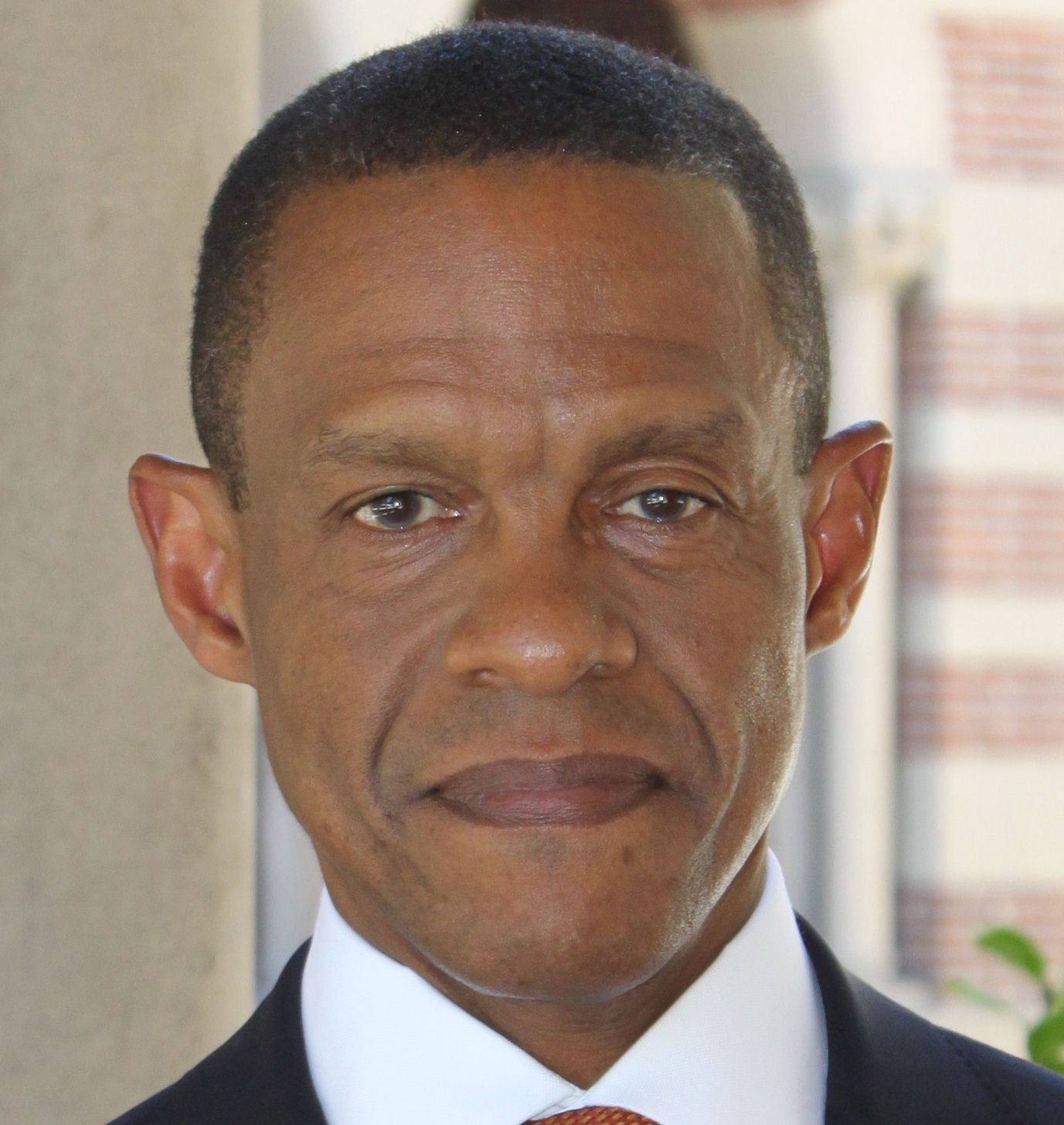Last week, there was yet another ideologically motivated attack in America, complete with a manifesto and racist, symbol-laden photos posted to the Internet. The shooting at the Mother Emanuel AME Church in Charleston is a textbook example of homegrown violent extremism (HVE).
To debate the shooter Dylann Roof’s entry onto the growing list of homegrown terrorists ignores the facts as he has presented them to us. He clearly did not want his message watered down by calling it anything other than what he intended it to be – an act of terrorism. There have been few instances when an assailant met as many criteria to be called terrorism. Perhaps it is time to agree on what it is before assuming what it is not.
There are few words more emotionally or politically charged than “terrorism.” Even before the September 11 attacks, attempts to define terrorism confounded academics. There is a general agreement that terrorism is bad and associated with unacceptable, criminal behavior. While the term originated in relation to state-sponsored activities, in contemporary usage, terrorism is more commonly applied to the actions of individuals or nongovernmental groups. Yet, there is not a consistent definition in use around the world, which raises challenges for counterterrorism efforts.
There is a political dimension to terrorist behavior, but there are also religious, sociological, and even psychological elements that play into how a terrorist action is devised and employed. Any comprehensive definition should be based on three core elements:
- The essence of the activity is the use or threatened use of violence.
- The targets of the activity are civilians.
- The objective is political.
The “political” component seems to provide convenient cover when there is reluctance to call an attack what it is. Terrorist action strives for specific ideological goals or expectations, which can be centered on race, religion, national origin, or other systems of issue-oriented priorities. Implicitly, every ideology entails a political tendency, and thus, by its very nature, terrorism is also political.
Roof’s actions adhere to these core elements. He used violence against civilians to advance ideological and political goals. He is said to have hoped his attack would ignite a “race war” because he feels non-Caucasian Americans threaten the position of white people in the United States. Particularly given that there is an African American president in the White House, the political aspect to Roof’s actions is undeniable.
Al Qaeda’s 2001 attack on America was perhaps the most dramatic we have seen as a country, but there have long been extremist elements in America – and most of them are not Muslim. There are numerous extremist groups embracing a range of doctrines, and many groups and individuals actually bond with more than one ideology. A neo-Nazi, for example, might also be a member of the anti-government Sovereign Citizens movement. This happens across the extremist spectrum, and so the homegrown threat demands a more comprehensive method for categorizing and understanding extremist groups in the United States. I spoke on this issue in a recent TEDx Talk, describing the three core ideological motivations behind violent extremism: race, religion and issue orientation.
Race: This refers to groups and individuals espousing racial supremacy as the foundation of their ideological principles. This includes black and white supremacists, neo-Confederates seeking to return to the racist principles of the Civil War South, neo-Nazis, and White Power Skinheads, to name a few. In the post-9/11 era, there has been a dramatic increase in racially driven rhetoric or “hate speech” and similar growth in recruitment and membership. An example of this is Wade Michael Page, the neo-Nazi who attacked the Sikh Temple in Wisconsin, killing four and wounding six others.
Religion: This is the category with which people most often associate terrorism, in large part because al Qaeda’s motivating ideology is religious. Some of the religious motivations draw on radical interpretations of major world religions, including Christianity and Judaism, as well as Islam. Take the example of Kevin Harpham, a white supremacist who planted a radio-controlled IED intended for the Martin Luther King memorial march in Spokane. He was noted for connections to the neo-Nazi Nationalist Alliance, based on racial and religious supremacy, with a particular hatred of Jews.
Issue orientation: Groups in this category are driven by a specific issue, such as abortion, government authority or even environmental preservation. An example is Andrew Joseph Stack, a Sovereign Citizen who, after writing a lengthy anti-government manifesto and burning down his house, engaged in a suicide mission by crashing his Piper Dakota aircraft into the IRS field office in Austin, Texas, killing himself and an employee in the office.
Extremism, as embraced and operationalized by Roof, is a primary feature of terrorist behavior. What makes the homegrown threat so daunting is the realization that violent extremism is not just something that is birthed “over there.” It happens by Americans in America. This is a national challenge and the onus is with us to address it. It starts by calling it what it is.
Dylann Roof is a terrorist.



Pingback: It's Time for America to Face the Truth About Homegrown Terror - TAL Global - International Security, Counter-Terrorism, Cyber Security, Protection and Investigation Consultancy()